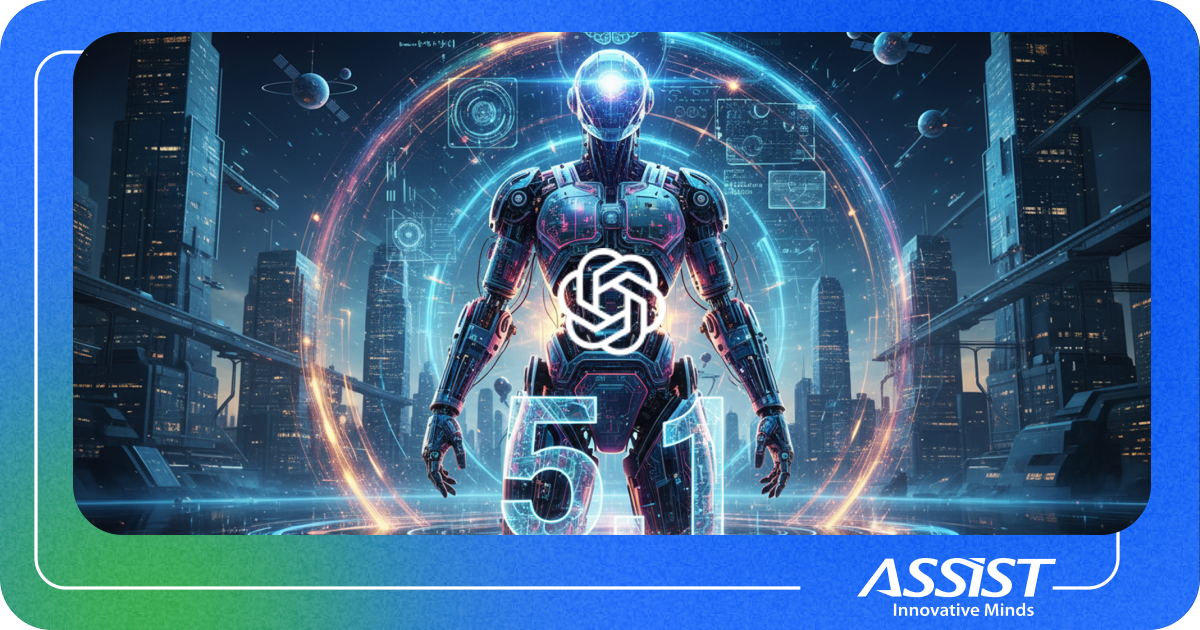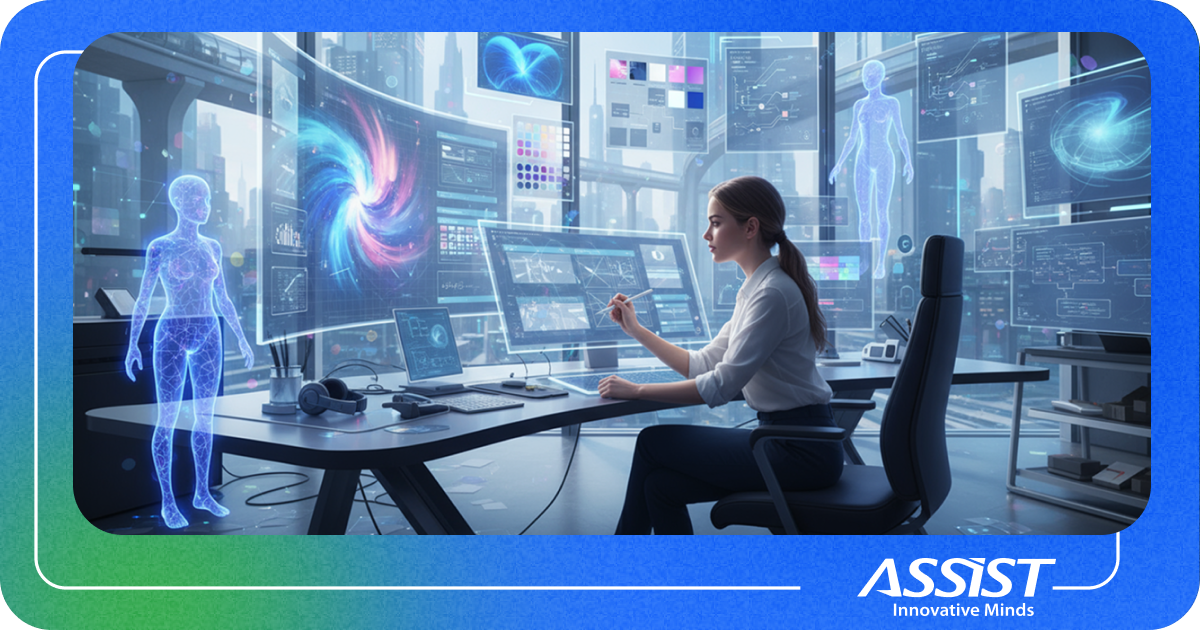AI + Robotics: The Future Skillset for Tomorrow’s Programmers
AI and robotics are shaping up a new kind of software: one that processes data and interacts with the physical world, perceiving, learning, and acting autonomously.
From autonomous robots and drones to intelligent factories and assistive prosthetics, this merger is redefining what it means to be a developer. The next generation of programmers will teach systems to understand and adapt to their environment.
What the AI–Robotics Merge Really Means
Modern robotics now runs on an AI-driven stack that blends:
- Perception: computer vision, sensor fusion, and multimodal data.
- Decision-making: machine learning and reinforcement learning models.
- Action: precise, real-time control systems and robotics frameworks.
The role of the developer is shifting; from simply writing instructions to shaping how intelligent systems understand and interact with their surroundings.
We’re already seeing this shift unfold in the real world. Robotics companies, such as Tesla Optimus and Figure 02, are now integrating large language models (LLMs) to give robots reasoning and communication capabilities. This convergence between natural language and motion planning marks a turning point, one where software intelligence becomes directly embodied in physical systems.
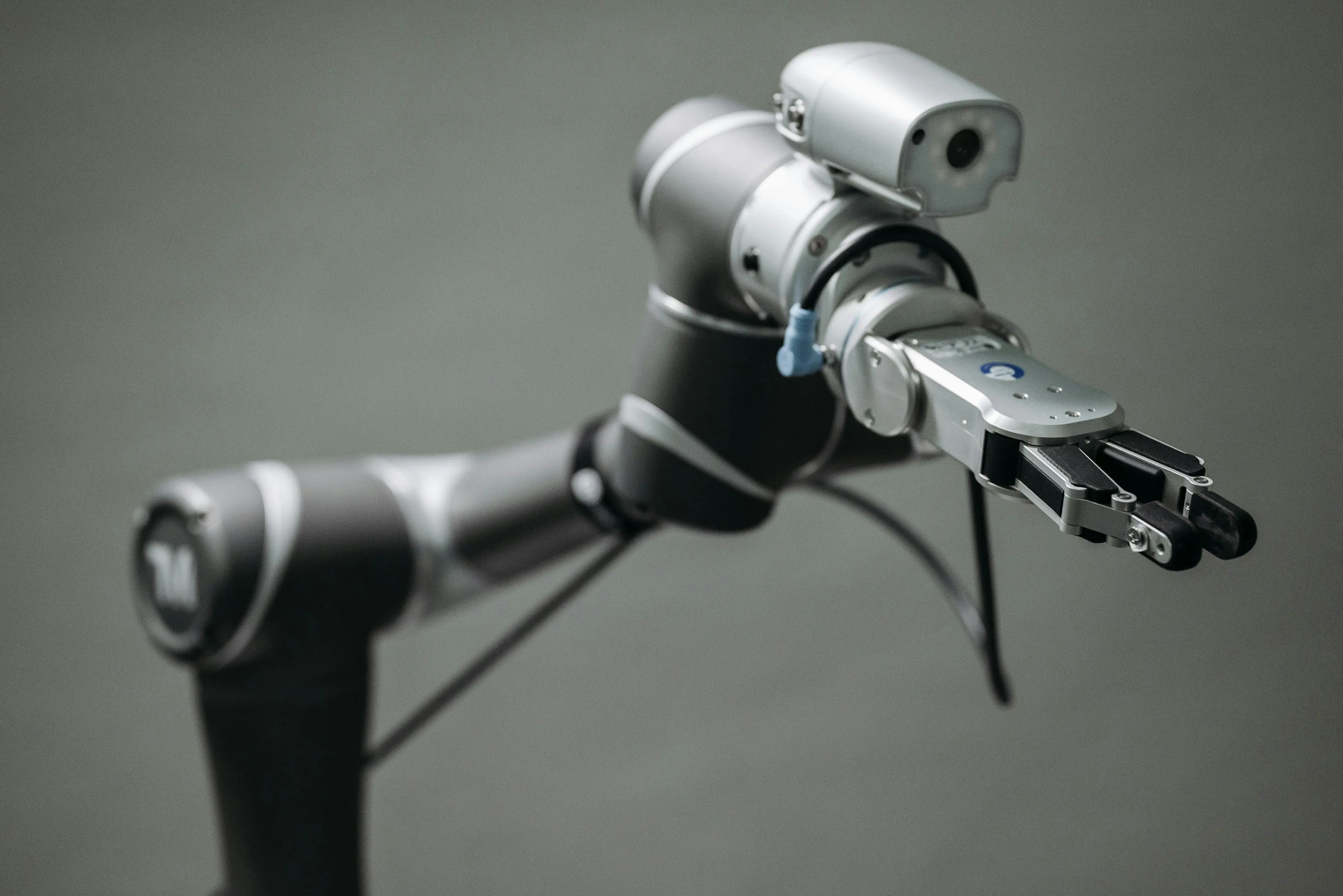
How This Changes the Programmer’s Role
Traditional programming followed predictable paths: write logic, deploy code, repeat.
Now, developers must think across disciplines:
- AI understanding → models that interpret the world.
- Hardware integration → edge computing, microcontrollers, robotics, sensors.
- Safety & ethics → making sure intelligent systems behave responsibly.
To thrive, future programmers will need a hybrid skill set: a mix of coding, data literacy, creative problem-solving, and systems thinking.
This evolution is also reshaping what companies look for in new talent. Organizations now require engineers who can bridge the development of AI models, data management, and embedded systems. The most in-demand profiles are those that understand both code and context: how intelligent systems behave in the real world.
Building the New Skillset
If you’re a student entering tech today, the roadmap looks different from what it did five years ago.
Focus on learning how systems learn and act, not just how to make them run.
Explore:
- Machine learning & computer vision (for perception).
- Control Theory & Real-Time Systems (for Action).
- Simulation & testing (for safe iteration).
- Collaboration & ethics (for responsible innovation).
The new generation of developers will be as comfortable in a robotics lab as in an IDE.
Preparing the Future Engineers
At ASSIST Software, we believe that innovation begins with education. Supporting the next generation of developers means helping them understand not just the tools of today, but the technologies that will define tomorrow.
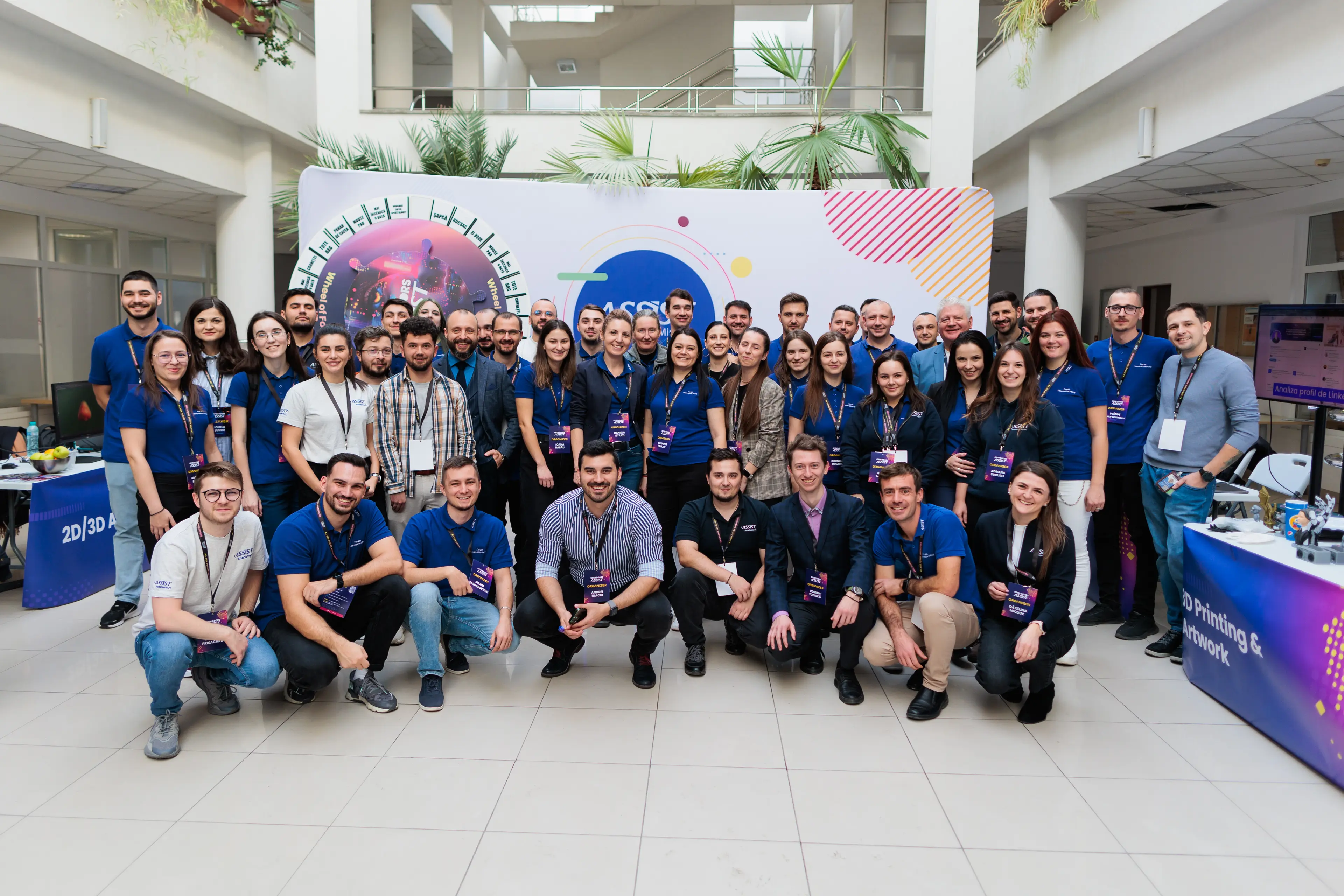
That’s why we invest in initiatives like Open Doors ASSIST, our annual event dedicated to students passionate about technology and software engineering.
Now in its 17th edition, Open Doors ASSIST connects students with our engineers and mentors, offering a genuine insight into the world of AI, robotics, and modern software development.
That commitment grows even stronger with the temporary relocation of the ASSIST Robotics Hub to Suceava's Ștefan cel Mare University (USV). This step brings our research, development, and mentoring activities even closer to students. The new space will host hands-on workshops and live demonstrations featuring our myCobot 280 robotic arm and the Unitree Go2 EDU quadruped robot, showcasing how AI, IoT, and robotics come together in real-world applications.
Through these activities, students will have the chance to explore automation, AI-driven control, and intelligent system design, gaining practical experience that bridges academic learning with cutting-edge innovation. It’s where the next generation of engineers will have the opportunity to experiment, collaborate, and build the intelligent machines of tomorrow.
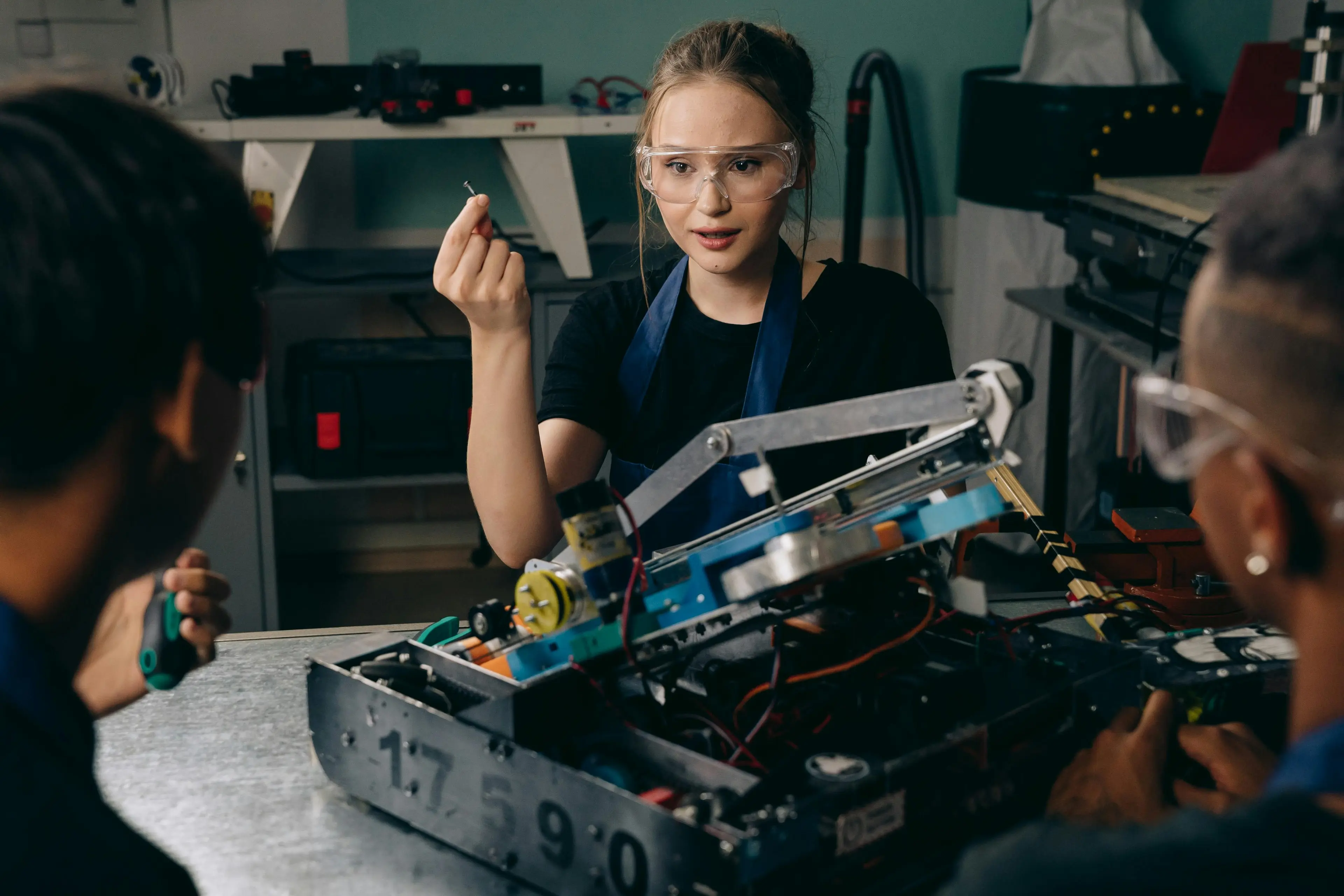
Through workshops and discussions, participants explore how intelligent systems are built, and how they can begin preparing for this new era of programming, where curiosity, adaptability, and continuous learning are as important as technical skills.
For many, it’s the first step from learning theory to building systems that think and act.
Designing Tomorrow
AI and robotics aren’t replacing programmers; they’re redefining what programming means.
Those who adapt, learn continuously, and embrace interdisciplinary thinking will be the ones designing the intelligent systems of tomorrow.
